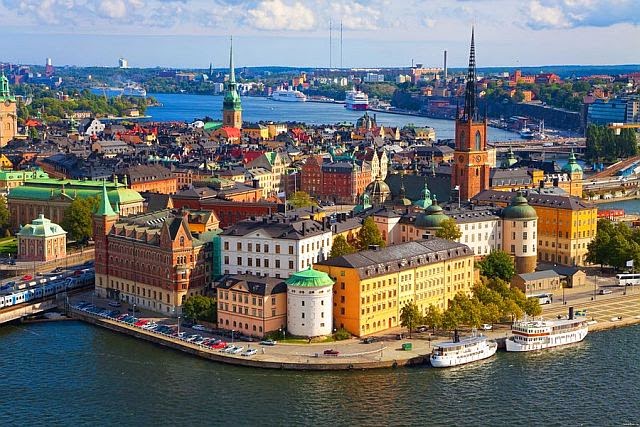 |
| The magnificent Taj Mahal is even more breathtaking in person, Agra, India (Taylor) |
 |
| Tuks tuks motor through crowded Delhi streets (Taylor) |
Wherever you go in India
Suddenly, the bus disappears behind high
concrete walls and rests in front of a luxurious hotel with elaborately dressed
doormen, elegant columns, marble floors, and flowing fountains. The beggars are no more. The roadside shops have disappeared.
 |
| Presidential Suite at Chola Hotel just beyond throngs of teeming streets (Taylor) |
Situated on the shores of the Yamuna River ,
a tributary of the Ganges, New Delhi New Delhi
 |
| Typical electrical wiring in narrow streets of Old Delhi (Taylor) |
Old Delhi Delhi
It is located in the center of an extensive
garden and has the distinction of being the first garden-tomb on the Indian
subcontinent. Nearly 80 years later, the
genius of the architecture provided the blueprint for the Taj Mahal.
For all the splendor of India
Roads vary from relatively
well-paved one and a half or two-lane passageways to broken pavement or
dirt. Vehicles, animals and pedestrians
play a seemingly intricate game of chicken but, somehow, most of the time, the
system works. Local buses are crowded
with passengers who cling to the perimeter or ride on the top when there is no
more room inside.
 |
| All kinds of traffic crowd the streets of Indian cities (Taylor) |
Hawkers are everywhere,
selling trinkets of all descriptions. A
mile-long ride in a cycle rickshaw through narrow streets only costs about 100
rupees or roughly $2. It is impossible
to escape the sea of extended hands and persistent peddlers whose numbers
increase the minute a donation or purchase is made.
 |
| Ladies day adds to the splendor in cities that are rainbows of color (Taylor) |
In Varanasi ,
the oldest city in India Varanasi
By nightfall, streets
already teeming with people become nearly impossible to navigate as pilgrims
swarm toward the Ganges where thousands gather
on the steps of the ghat for religious rituals and prayer.
Along the banks of the
river, a short distance away from the ceremonies, funeral pyres dot the
darkened shoreline with the cremations of those who have died during the day.
 |
| Endangered Bengal tiger on the hunt for food (Taylor) |
In the morning, the
throngs have dissipated, yielding to bathers who come to the Ganges
to wash away their sins.
 |
| A co-op for Indian women to sell their wares (Taylor) |
 |
| A window on the past with an eye toward the future (Taylor) |
For many travelers India India




































